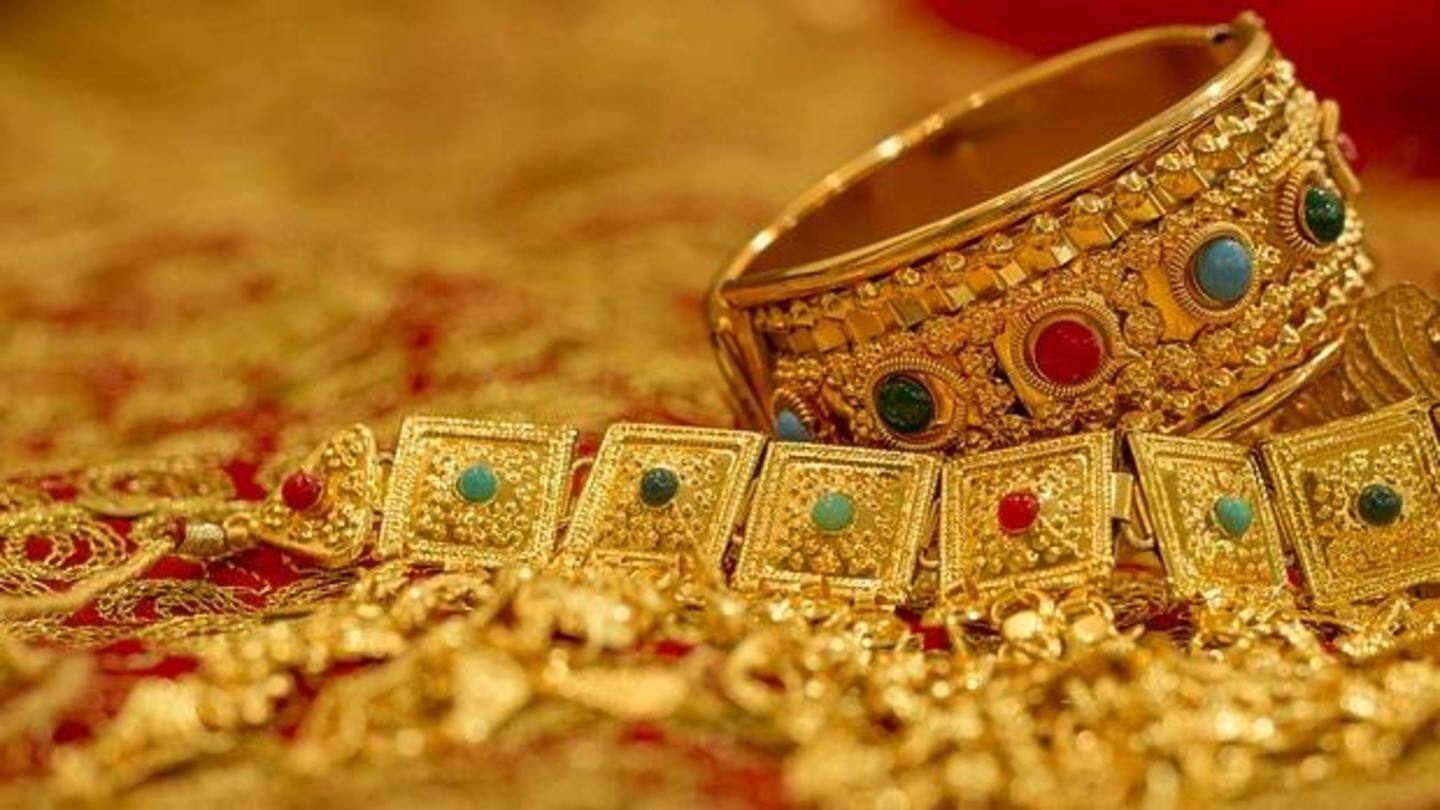
Global gold demand dips to 973 ton in Q1: WGC
What's the story
The global gold demand fell by 7% to 973 ton during January-March 2018 quarter as compared to the same period last year mainly due to a decline in investment demand, according to the World Gold Council (WGC). The overall gold demand stood at 1,047 ton in Q1 2017, WGC said in its "Gold Demand Trends" report for Q1 2018. Here are more details.
Information
Decline in investment demand for gold bars
The fall in demand was largely caused by decline in investment demand for gold bars and gold-backed exchange traded funds (ETFs) following a subdued gold price environment. Total investment demand in Q1 was down 27% at 287 ton, compared to 394 ton in Q1 2017.
Three countries
China, Germany, US together caused 15% drop in global demand
China, Germany, and the US drove weakness in bar and coin investment causing a 15% drop in global demand to 254.9 ton. ETF inflows declined by 66% to 32-ton during Q1 2018 compared to 96-ton in the same quarter last year, mainly driven by the US, where the return of volatility in the stock market made investors seek refuge in gold, WGC said.
Brexit
In 2017, Europe led inflows into ETF
"Last year, Europe led the inflows into ETF following geopolitical situations, including elections in at least three countries and Brexit and general weakness in economic conditions. Those situations are stable this year," WGC India, Managing Director PR Somasundaram said. Meanwhile, the report revealed global jewelry demand was flat at 487.7 ton in Q1 2017, compared to 491.6 ton in the same period last year.
Jewelry demand
Jewelry demand in India down by 12%
The jewelry demand in China was up by 7%, buoyed by holiday demand and in the US, the situation improved due to supportive economic conditions. However, in India the demand was down 12% at 87.7 ton compared to 99.2 ton in Q1 2017, as consumers were discouraged by rising the gold prices, weakening rupee, and the GST transition issues faced by the unorganized retailers.
Biggest seller
Qatar was the biggest seller of gold
The report said that central banks added 116.5 ton to global official reserves in Q1 2018, which was 42% higher compared to 82.2 ton in Q1 2017. This was the highest Q1 total for four years and in line with the average quarterly purchases since the first quarter of 2010 of 115 ton. Qatar was the biggest seller, cutting reserves by 3.1 ton.
Information
Russia, Turkey, and Kazakhstan bought most of the gold
Russia, Turkey, and Kazakhstan again dominated the list of central banks buying gold, adding 91 ton between them. The demand for gold in technology sector continued to improve witnessing 4% growth in Q1 at 82.1 ton, compared to 78.9 ton in Q1 2017.
Total supply
Total supply of gold increased by 3%
Meanwhile, the report also said the total supply of gold increased by 3% in the first quarter this year to 1,064 ton, due to an increased mine production and net hedging, the WGC said. The wireless sector was a key area of growth as 3D sensors for facial recognition were increasingly deployed in smartphones, gaming consoles, and security systems.